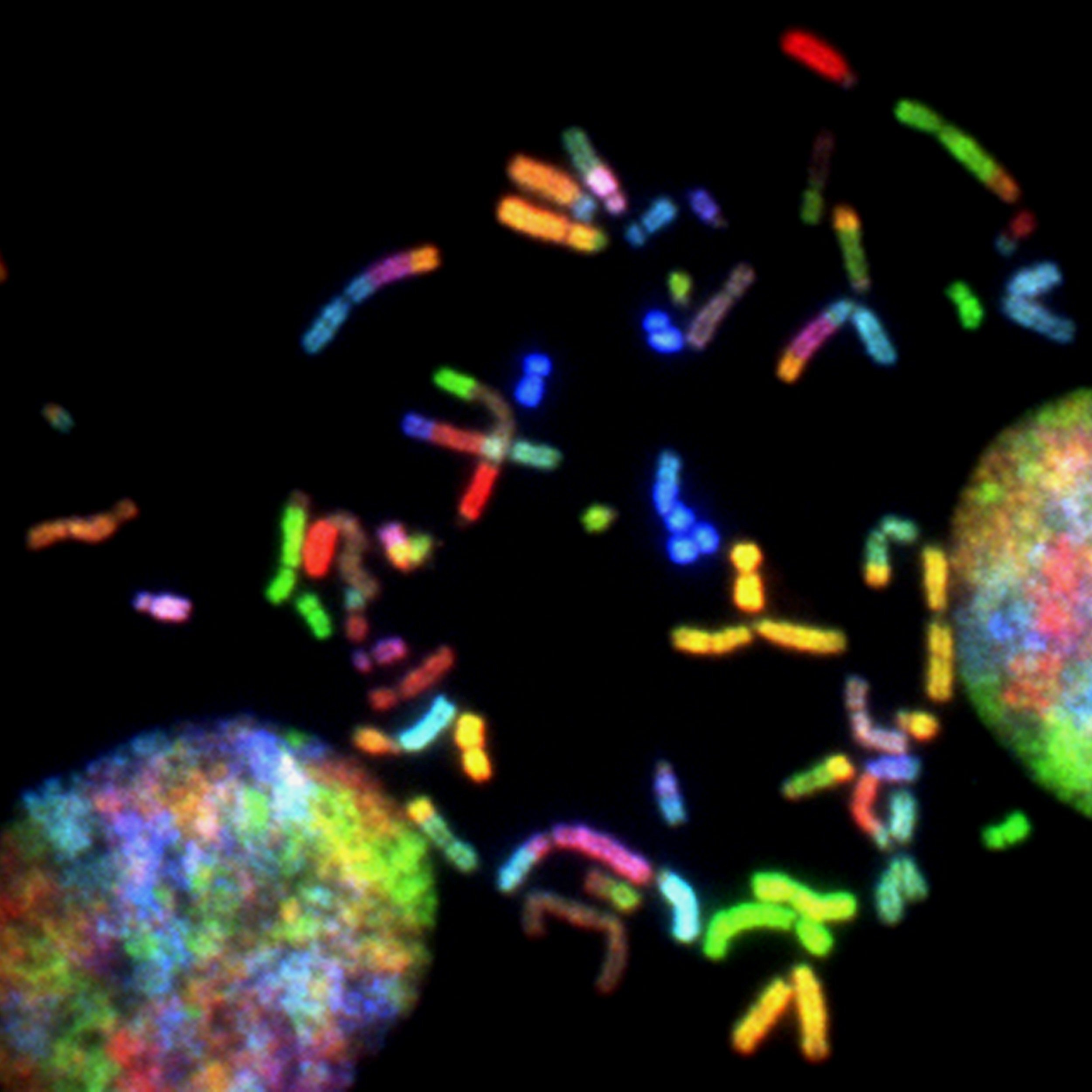The Link Between Facial Structure and Personality: Is There Science Behind It?
Key Takeaways
The Origins of Physiognomy: Physiognomy, linking facial structure to personality traits, dates back to ancient Greece. Although largely dismissed as pseudoscience, the concept has resurfaced in modern times with the rise of AI and facial analysis.
Modern Research on Facial Structure and Personality: Emerging research suggests intriguing links between certain facial features and traits like dominance or trustworthiness. While personality is shaped by many factors beyond physical appearance, these findings offer fascinating insights into how facial structure may reflect aspects of character, adding another layer to our understanding of human behaviour.
AI’s Role in Facial Analysis: AI offers a powerful, systematic way to analyze facial features, providing a more objective perspective than human perception. While AI-generated insights can be fascinating and valuable for self-reflection, they are best seen as a guide to explore personality traits rather than as definitive conclusions.
Ethical Considerations in Linking Appearance to Personality: Being mindful of the ethical considerations around appearance-based judgments is essential. At Physiognomy.ai, we harness AI to inspire personal growth and enhance self-awareness, all while fostering a positive approach that avoids reinforcing stereotypes or biases.
Physiognomy as a Tool for Self-Awareness: Understanding potential links between facial features and personality traits can offer valuable self-reflection. Physiognomy.ai provides a fun, engaging way to explore how appearance may influence perception, helping users better understand themselves and others.
Our faces are often the first thing people notice about us, and for centuries, we’ve wondered whether the structure of our face could tell others more about who we are on the inside. This idea, known as physiognomy, suggests that our facial features might reveal deeper truths about our personality. With today’s advancements in AI, this age-old question is gaining fresh attention. But is there any real science behind it? And how can we use facial analysis responsibly in areas like hiring, dating, and personal growth?
A Historical Perspective: The Origins of Physiognomy
The belief that facial features are linked to personality traits isn’t new. In fact, physiognomy was a popular practice in ancient times, with philosophers like Aristotle exploring the concept. Over time, physiognomy has been used in various cultures as a way to "read" people based on their facial appearance. While the practice lost favour as a reliable science, the fascination with how appearance relates to personality never disappeared. At Physiognomy.ai, we’re reviving this ancient curiosity with modern AI technology, offering people the chance to explore how facial features might reflect personality traits.
Modern Research: What Science Says About Facial Structure and Personality
In recent years, modern research has revisited the link between facial structure and personality traits. Studies have explored whether certain features — like the width-to-height ratio of the face — correlate with traits such as assertiveness or trustworthiness. Although some findings suggest there may be a certain degree of correlations, it’s important to understand that these connections are not definitive. Personality is a complex mix of factors like genetics, upbringing, and environment, which means facial structure alone cannot fully explain who we are.
The Role of Perception: How We Form Judgments Based on Appearance
Even if science hasn’t fully confirmed a direct link between facial structure and personality, people still naturally form impressions based on appearance. This is due to cognitive biases like the "halo effect", where we subconsciously associate physical attractiveness with positive personality traits. These perceptions may not always be accurate, but they’re a part of how we navigate social interactions. Our AI tools at Physiognomy.ai allow users to explore these perceptions in a more structured way, offering insights into how facial features might influence the way others view them, and encouraging users to reflect on how they see themselves.
AI and Physiognomy: Bridging Tradition and Technology
Thanks to advances in AI, we now have the ability to analyze facial features more precisely than ever before. At Physiognomy.ai, we combine centuries-old concepts with cutting-edge technology to offer insights that go beyond traditional methods. While human perception is often biased, AI brings a more systematic approach to facial analysis. This allows us to explore potential connections between facial structure and personality traits in an innovative way, offering users a unique tool for self-discovery.
The Limits of Facial Analysis: What AI Can and Cannot Do
It’s essential to recognize that while AI can provide valuable insights, facial analysis is not an exact science. Just like other popular self-awareness tools — such as the MBTI or the Enneagram — AI-driven physiognomy offers helpful guidance but doesn’t guarantee 100% accuracy. Personality is shaped by countless factors, many of which can’t be captured by physical appearance alone. At Physiognomy.ai, we emphasize that our reports are designed as a tool for reflection, not a final judgment. They provide fun and meaningful insights, encouraging users to dig deeper and understand themselves better, while always keeping in mind that personality is multi-dimensional.
A Balanced Approach: Physiognomy for Hiring, Dating, and Personal Relationships
At Physiognomy.ai, we recognize that our tool can have practical applications in hiring, dating, and personal relationships. However, we also stress that facial analysis should be used as a complementary reference, not a standalone assessment. In areas like hiring, dating, or personal relationships, it's important to combine physiognomy insights with traditional methods like interviews and meaningful communication. Just as with other self-assessment tools, like the MBTI or the Enneagram, our approach provides insights that are useful but not definitive. We see physiognomy as a quick and helpful reference point — a conversation starter that can add value to human interaction but must be verified by deeper engagement and communication.
The Ethical Considerations of Facial Analysis
While we are excited about the potential of AI-driven facial analysis, we understand the importance of using it ethically. At Physiognomy.ai, we are committed to ensuring that our tools serve as positive instruments for personal growth, self-awareness, and connection. It’s crucial not to rely solely on appearance to make decisions about others, as this could reinforce harmful biases or stereotypes. We prioritize transparency and responsible use, reminding our users that our AI-driven reports are tools for insight and reflection, not absolute judgments.
Embracing Technology for Growth
While the link between facial structure and personality remains an area of ongoing exploration, there’s no denying the potential for AI to help us better understand ourselves and others. At Physiognomy.ai, we believe that by using technology responsibly, we can offer people new opportunities for personal growth, self-awareness, and meaningful connections. Our AI-driven reports provide a unique way to explore the relationship between facial features and personality traits — always with the understanding that human beings are more than what meets the eye.













